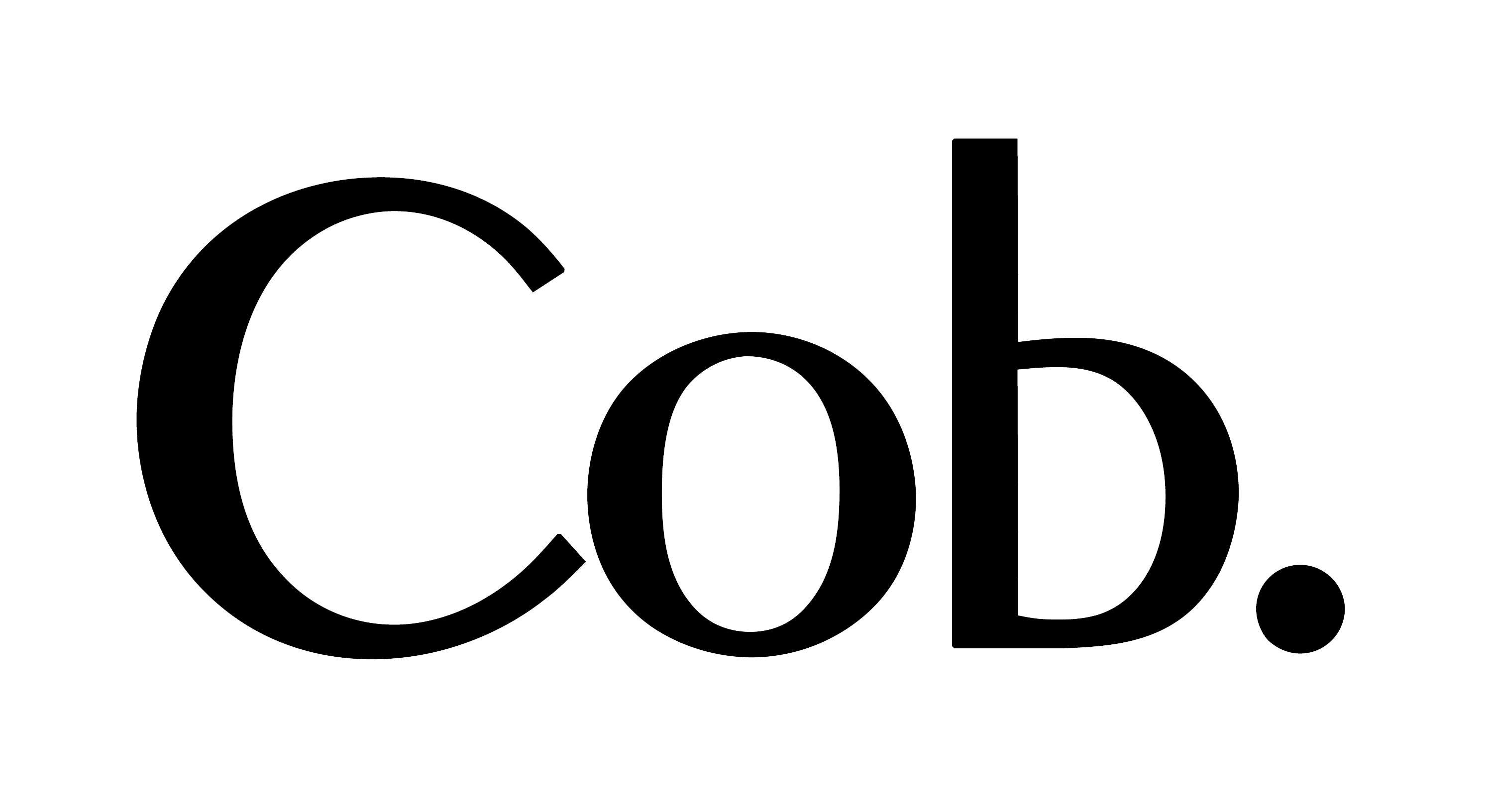The Belly and the Members brings together artistic positions from 20 international artists that visualise and present the fragmented body as a provocative field of inquiry. Including work from a variety of media, the exhibition focuses on notions of fragmentation, dismemberment and decay specifically in relation to the human body and its inextricable psychological self. The Belly and the Members shares its title with an Aesop Fable from the 6th century BC wherein the extremities, or ‘members’, of the body go on strike in defiance of the belly who they believe to be greedily taking all the food; until they themselves weaken to the point of realisation that they cannot survive alone. The discernment that “all must work together or the body will go to pieces” becomes an allegory for a symbiotic reliance on reciprocal interrogation between artworks.
The Belly and the Members posits that the ontology of an artwork has much in common with the body: responding to pressures, meeting projected expectations and as an outward expression of an inner self whose surface remains a sensitive terrain susceptible to exterior traumas. As our interface with an external world, individually we each relate to the experience of inhabiting a body; but once dissembled, fragmented bodies stand collectively as analogies for our increasingly disparate society and global territories more generally. Living in what has been referred to as a “post-truth” world, the boundaries between fiction and reality come under scrutiny as artists compel a self-reflective reassessment of the political as well as the personal.
Cracks, orifices and protrusions permeate the gallery space in cathartic gestures that range from violent to sensual; mirroring Hans Bellmer’s interpretation of the body as an anagram of interconnecting parts that can be endlessly reconfigured to explore or expose desire and other unconscious impulses. Bodily binaries similarly abound, as works investigate the wider implications of interior versus exterior, micro versus macro, hard versus soft and wet versus dry. The use of unexpected, perishable materials functions as a pivotal reminder of our inevitable decay and degeneration and such an acknowledgement of the artist’s self- conscious fragility precludes any pretence of a stable reality based on outward appearances, deliberately unhinging the viewer’s grasp on perception. In the interest of engendering an expanded awareness of what constitutes a representation of the body, The Belly and the Members includes works where human forms are asserted simply through specific characteristics or behavioural tendencies, and even implied precisely in their absence.
Aside from dissecting their material associations, The Belly and the Members posits that artistic process can also seem bodily. Whether made through a build up of layers, time-consuming performative action, reductive sculpting techniques, the application of physical pressure, chemical experimentation or biological deposits; the process behind each work does not simply constitute a means to an end, but can extend and complicate the meaning of the final artwork as the end-in-itself. Palpability of process and acknowledgement of source material in this way further affirms these artworks’ bodily constitutions: living and developing as organisms in their own right. Similarly, at Cob Gallery an exhibition becomes a metaphor for a living and developing body of works that while existing autonomously, together establish a unified and functioning organism that can host the growth, exchange and decay of ideas. Informed by works that examine the revelatory potential of corporeal fragmentation and dissection, this metaphor that posits The Belly and the Members as a living body reverberates through exhibition content, organisation and display.

